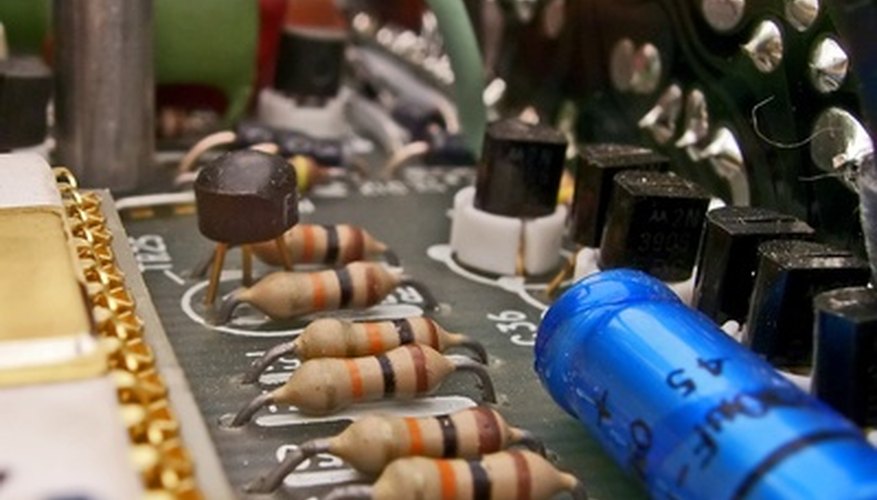Excess heat can damage fragile or sensitive electronic components and prevent them from working. Taking too long to apply solder to a joint is a common fault when learning to solder, so many beginners find using a heat shunt, or heat sink, a reassuring device. The heat shunt diverts excessive heat from the soldering iron away from the component and into itself, thereby protecting the component from damage. A simple crocodile clip will do the job effectively.
Mount the component onto the circuit board as normal.
Fasten the crocodile clip heat shunt onto the leg of the component on top of the circuit board so that it is between the component body and the soldering point.
Turn the circuit board over so the soldering side is facing you. The heat shunt is now underneath the board. Solder the leg of the component as quickly as possible to make a smooth, even joint. Any overheating danger is shunted safely into the crocodile clip before it can reach the sensitive component.
- Excess heat can damage fragile or sensitive electronic components and prevent them from working.
- Any overheating danger is shunted safely into the crocodile clip before it can reach the sensitive component.
Wait until the crocodile clip heat shunt has cooled, then move it to the other leg of the component and solder the second joint. For three-legged components, such as transistors, repeat the process a third time.
TIP
Heat shunts are used most effectively with long-legged components such as resistors, capacitors, diodes or transistors. When soldering ICs, an alternative is to use a mounting block which is directly soldered to the circuit board in place of the IC. The IC then slots into the block, thereby protecting from soldering heat damage. Using more than one crocodile clip means heat shunts can be fitted to all legs of a component at the same time. In this way the soldering time is reduced.
